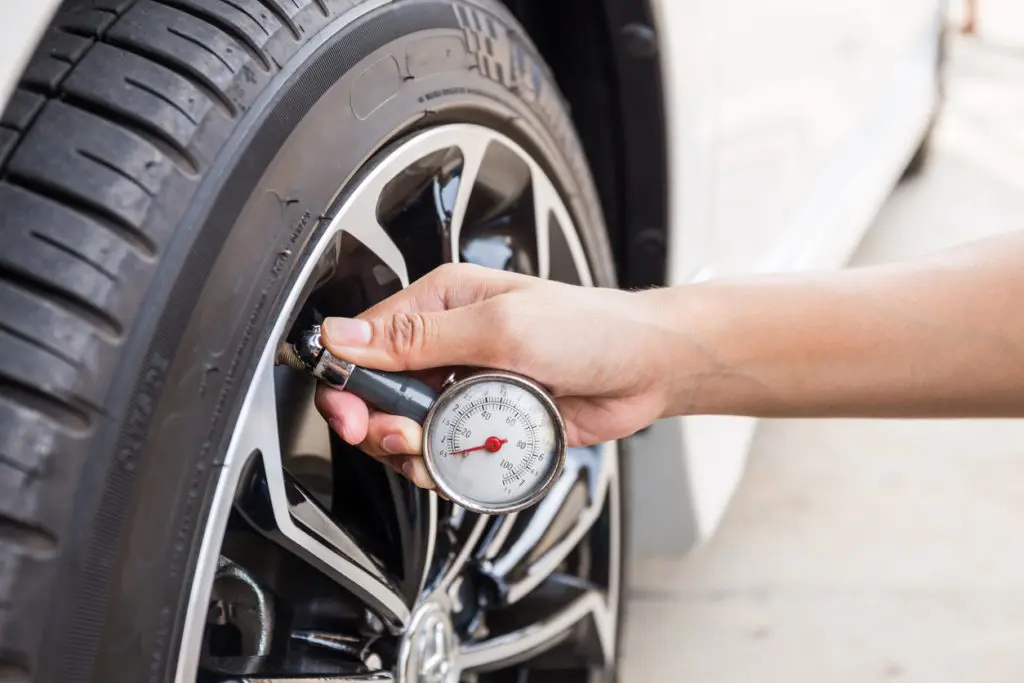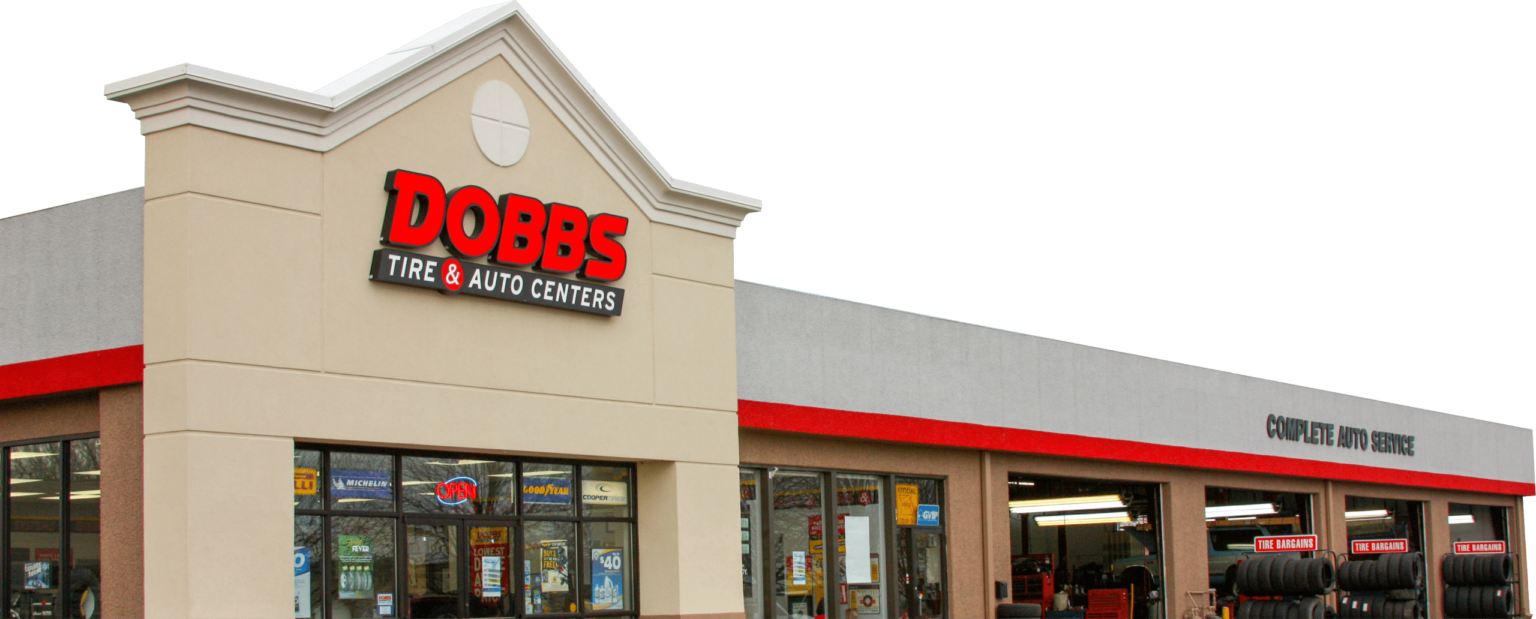Can Your Tires Last Longer? Here’s How!
Maybe it’s cliché, but saying “there’s a lot riding on your tires” is a bit of an understatement. Tire traction makes it possible to accelerate, brake, and turn, all while keeping control of your vehicle. On dirt, gravel, or pavement, on hot summer days, cold rainy nights, or snowy winter lanes, that traction helps you maintain control of your vehicle. Even in emergency situations, such as a panic stop or emergency maneuvers, you stay in control. Really, the only thing keeping your vehicle from sliding off the road are your good driving habits and just over a square foot of rubber contacting the road.
At the same time, your tires’ ability to grip the road in changing conditions makes them susceptible to wear, depending on the type of tire, road conditions, vehicle condition, to name a few factors. Generally, a new set lasts around 50,000 miles when maintained, and some up to 100,000 miles. No matter what kind of vehicle or what kind of tires you use, though, how can you get the most out of them?
Choosing the Right Tires
Choose the right fit for your vehicle, climate, and driving. Because rubber flexibility and traction is affected by temperature, choose based on the season.
- Snow tires offer traction in winter, but their soft rubber will wear out quickly in summer.
- Summer tires offer traction and good wear in summer, but almost zero traction in winter, because the rubber is even harder in winter.
- All-season tires offer a good balance of traction and wear – sun, rain, or snow.
- Off-road tires are usually softer, but are best left for off-roading, as they’ll wear out faster on pavement than other types. Additionally, their deeper tread and wider lug spacing actually offer less traction on pavement!
Here in St. Louis is actually the perfect climate for all-season tires, because you never really know if one day will be snow and the next sun, equipping your vehicle with all-season tires is the best way to be prepared for anything that comes your way.
Keeping Your Vehicle in Shape
Your tires may be in contact with the road, but it’s your vehicle suspension and steering that keeps them there. Keeping your vehicle in shape extends their lifespan. When you get a new set, it’s a good time to have your vehicle suspension checked out.
- Shock absorbers and struts do more than offer a comfortable ride – they also keep your tires planted on the road. Worn shocks and struts let your tires bounce, maybe even right off the road, leading to irregular wear and possibly a very unsafe condition! Replacing worn shocks or struts restores vehicle stability and traction.
- Control arms, ball joints, and tie-rod ends let the wheels move in a controlled manner. A worn ball-joint may allow a wheel to move randomly off-axis, leading to uneven wear or vehicle wandering. Replacing loose suspension parts keeps your wheels pointed in the right direction.
- A computerized four-wheel alignment keeps your wheels pointed in the right direction, even when you’re turning. If your alignment angles are off-spec, they push or lean to the side instead of rolling straight. That pushing leads to uneven wear, tire noise, and vehicle instability. Having a professional wheel alignment maintains those angles, reduces uneven wear, and maintains vehicle stability.
Keeping Your Tires in Shape
Tire maintenance is often forgotten, but it’s the easiest way maximize tire life. Overinflation or underinflation can cause uneven wear and reduce traction. Also, severely underinflated tires can blow out, usually at highway speeds, causing an instant loss of traction and possible loss of vehicle control.
- Check and adjust tire pressure weekly – even “perfectly sealed” tires lose a couple of psi (pounds per square inch) per month and tire pressure fluctuates with ambient temperature. A tire pressure gauge, air pump, and a few minutes a week are cheap insurance. Inflate your tires to the specification on the Tire and Loading label on the door jamb or in the Owner’s Manual – you may need to adjust for extra load.
- Because front tires wear differently than rear tires, rotate your tires regularly. By rotating every 6,000 to 8,000 miles, you even out that normal wear and help them last longer. By the way, did you know that Dobbs Tire & Auto offers free lifetime tire rotations and balancing with every new set of tires?
Safety and Economy
Your tires are your only connection to changing road conditions. Keeping them in good condition as long as possible keeps you safe and in control and saves you money in the long run. Start with the right tires, keep your vehicle in good shape, and maintain your tires, and they’ll pay you back with good traction for tens of thousands of miles to come.
Dobbs Tire & Auto Centers is Here to Help
At Dobbs Tire & Auto Centers, tires are our specialty! If you need new tires, a tire rotation, or tire advice, ask the experts. We’ll help you keep your tires where they belong – on the road!

